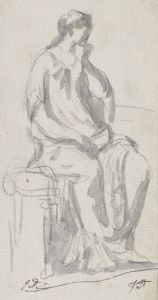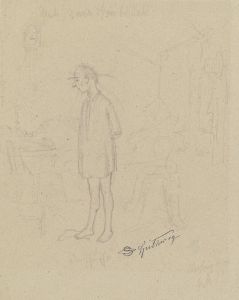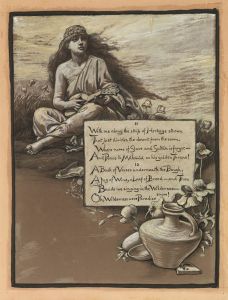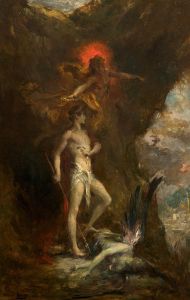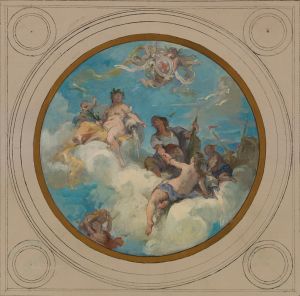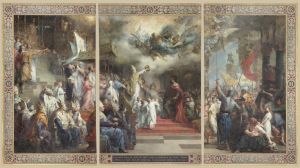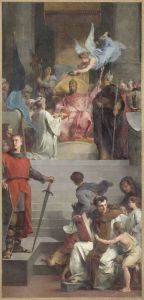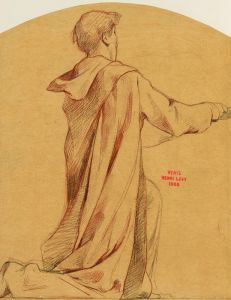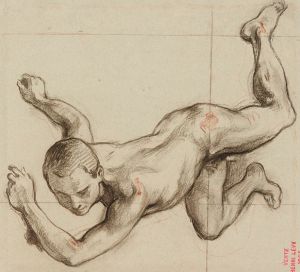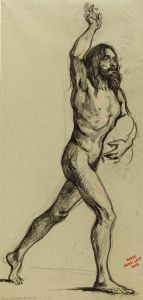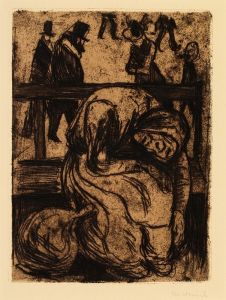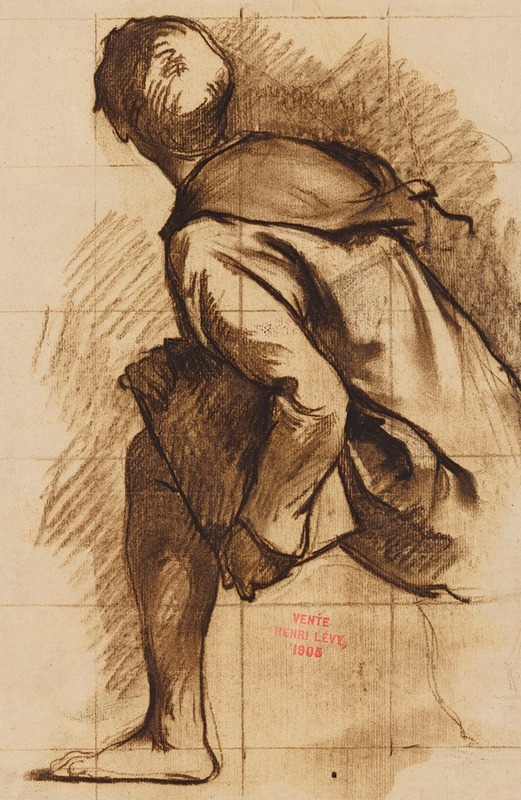
Etude d’un moine de dos
A hand-painted replica of Henri Leopold Lévy’s masterpiece Etude d’un moine de dos, meticulously crafted by professional artists to capture the true essence of the original. Each piece is created with museum-quality canvas and rare mineral pigments, carefully painted by experienced artists with delicate brushstrokes and rich, layered colors to perfectly recreate the texture of the original artwork. Unlike machine-printed reproductions, this hand-painted version brings the painting to life, infused with the artist’s emotions and skill in every stroke. Whether for personal collection or home decoration, it instantly elevates the artistic atmosphere of any space.
Henri Leopold Lévy was a French painter known for his works in the academic style, often focusing on historical and religious themes. One of his notable works is "Etude d’un moine de dos," which translates to "Study of a Monk from the Back." This painting exemplifies Lévy's skill in capturing the human form and his interest in religious subjects, a common theme throughout his oeuvre.
"Etude d’un moine de dos" is a study piece, which suggests that it was likely created as part of Lévy's process in preparing for a larger, more detailed work. The painting depicts a monk viewed from behind, which is a somewhat unconventional perspective that invites viewers to consider the subject in a different light. This choice of perspective may emphasize the contemplative and introspective nature of monastic life, as the viewer is not distracted by facial expressions or direct engagement with the subject's gaze.
Lévy's technique in this study demonstrates his academic training, characterized by precise attention to detail and a focus on realistic representation. The use of light and shadow in the painting highlights the folds of the monk's robe, adding depth and dimension to the figure. The careful rendering of the fabric and the subtle play of light suggest a quiet dignity and solemnity, aligning with the serene and disciplined life associated with monasticism.
The painting's composition is simple yet effective, with the monk's figure dominating the canvas. The background is typically understated, ensuring that the viewer's attention remains focused on the subject. This approach is consistent with Lévy's style, where the human figure often takes precedence over elaborate backgrounds or additional narrative elements.
Henri Leopold Lévy was active during the late 19th century, a period when academic art was both celebrated and challenged by emerging modernist movements. Despite the shifting art landscape, Lévy remained committed to his academic roots, producing works that adhered to traditional techniques and themes. His paintings often reflect a deep respect for historical and religious narratives, rendered with a meticulousness that was highly regarded in academic circles.
"Etude d’un moine de dos" fits within this context as a work that underscores Lévy's dedication to exploring religious themes through a lens of realism and technical precision. While specific details about the painting's provenance or exhibition history may not be widely documented, it remains an example of Lévy's contribution to 19th-century French art and his ability to convey the quiet introspection of religious life through his art.
In summary, "Etude d’un moine de dos" by Henri Leopold Lévy is a study that reflects the artist's academic training and his interest in religious subjects. Through its simple yet effective composition, the painting captures the essence of monastic life, emphasizing introspection and solemnity. Lévy's work continues to be appreciated for its technical skill and its place within the broader context of 19th-century academic art.





